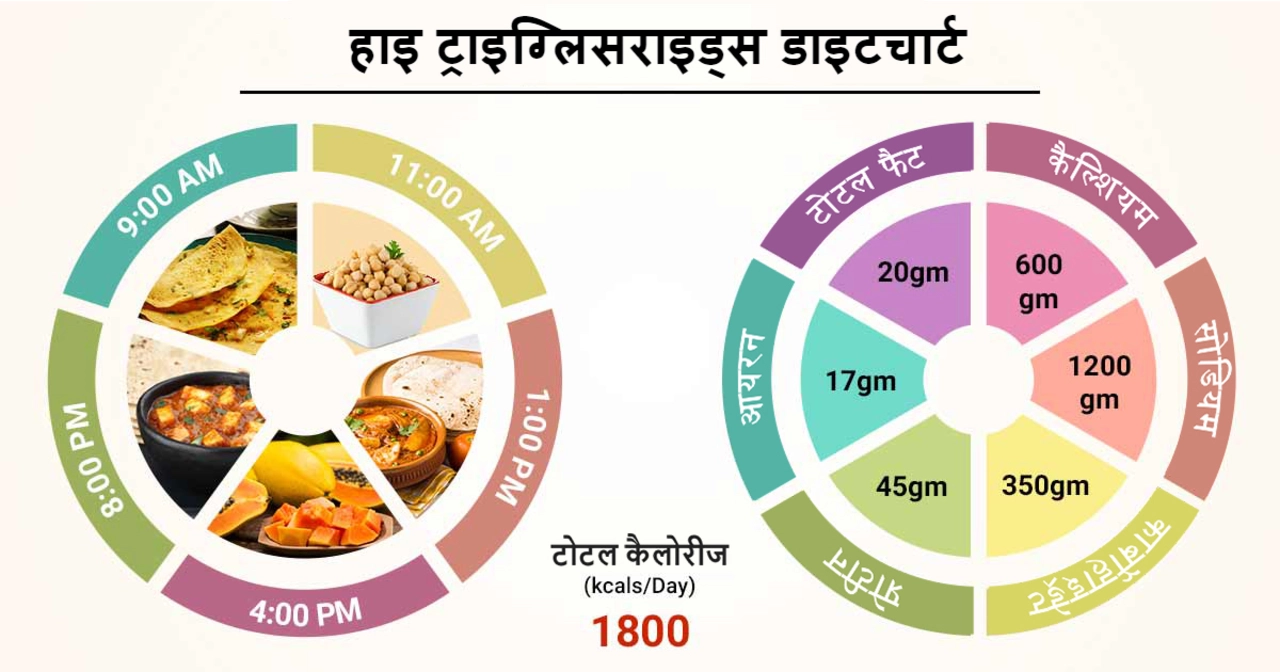Balanced Diet: Practical Tips to Eat Better Every Day
What you eat every day affects your energy, mood, sleep, and even how medicines work. A balanced diet doesn’t mean strict rules or boring food — it means simple habits you can keep. Below are clear, practical steps you can use starting today.
Simple daily plate plan
Use the plate method: half your plate vegetables and fruit, one quarter lean protein, one quarter whole grains or starchy veg. Add a small amount of healthy fat (olive oil, avocado, nuts) and a glass of water or unsweetened drink.
Protein at every meal helps control hunger and keeps muscles strong. Think eggs or Greek yogurt for breakfast, grilled chicken or beans for lunch, and fish or tofu for dinner. If you’re short on time, canned tuna, boiled eggs, or a scoop of nut butter work well.
Fiber matters. Whole grains, beans, vegetables, fruit, and seeds keep digestion regular and steady your blood sugar. Aim for 3–5 servings of vegetables and 1–2 servings of fruit a day. Frozen veggies are fine — they’re fast and often cheaper.
Watch added sugars and highly processed snacks. Swap soda for sparkling water with lemon. Replace chips with air-popped popcorn or carrot sticks and hummus. Small swaps add up.
Shopping, cooking, and meal ideas
Shop with a short list. Prioritize whole foods: vegetables, fruit, whole grains, lean proteins, and a small selection of condiments and spices. Buy a couple of versatile staples like brown rice, canned beans, oats, frozen berries, and eggs.
Cook once, eat twice. Roast a tray of mixed vegetables and a protein on Sunday, then use them in salads, wraps, or bowls all week. Batch soups and stews freeze well and save time.
Quick meal examples: oatmeal with nuts and fruit for breakfast; a grain bowl with greens, beans, and tahini for lunch; salmon, sweet potato, and broccoli for dinner. Snacks: apple with peanut butter, a small handful of almonds, or plain yogurt with cinnamon.
Portion sense: use your hand as a guide — palm-sized protein, fist-sized carbs, two cupped hands of vegetables, thumb-sized fats.
Medications can change what foods are safe. For example, grapefruit affects some cholesterol drugs. If you take prescriptions or supplements, check with a pharmacist before changing your diet or adding herbal products. Our pharmacy team can review interactions and suggest safe choices.
Small habits beat big rules. Start by adding one vegetable to each meal, drinking one extra glass of water, or choosing whole grains three times a week. Keep it simple, track what works, and ask a pharmacist or dietitian if you need tailored advice.

